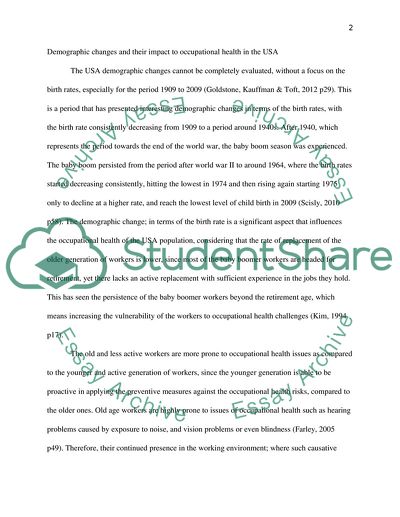Cite this document
(The Increase in the Emergent Occupational Heath Challenges Essay - 1, n.d.)
The Increase in the Emergent Occupational Heath Challenges Essay - 1. Retrieved from https://studentshare.org/health-sciences-medicine/1796694-the-increase-in-the-emergent-occupational-heath-challenges
The Increase in the Emergent Occupational Heath Challenges Essay - 1. Retrieved from https://studentshare.org/health-sciences-medicine/1796694-the-increase-in-the-emergent-occupational-heath-challenges
(The Increase in the Emergent Occupational Heath Challenges Essay - 1)
The Increase in the Emergent Occupational Heath Challenges Essay - 1. https://studentshare.org/health-sciences-medicine/1796694-the-increase-in-the-emergent-occupational-heath-challenges.
The Increase in the Emergent Occupational Heath Challenges Essay - 1. https://studentshare.org/health-sciences-medicine/1796694-the-increase-in-the-emergent-occupational-heath-challenges.
“The Increase in the Emergent Occupational Heath Challenges Essay - 1”, n.d. https://studentshare.org/health-sciences-medicine/1796694-the-increase-in-the-emergent-occupational-heath-challenges.


